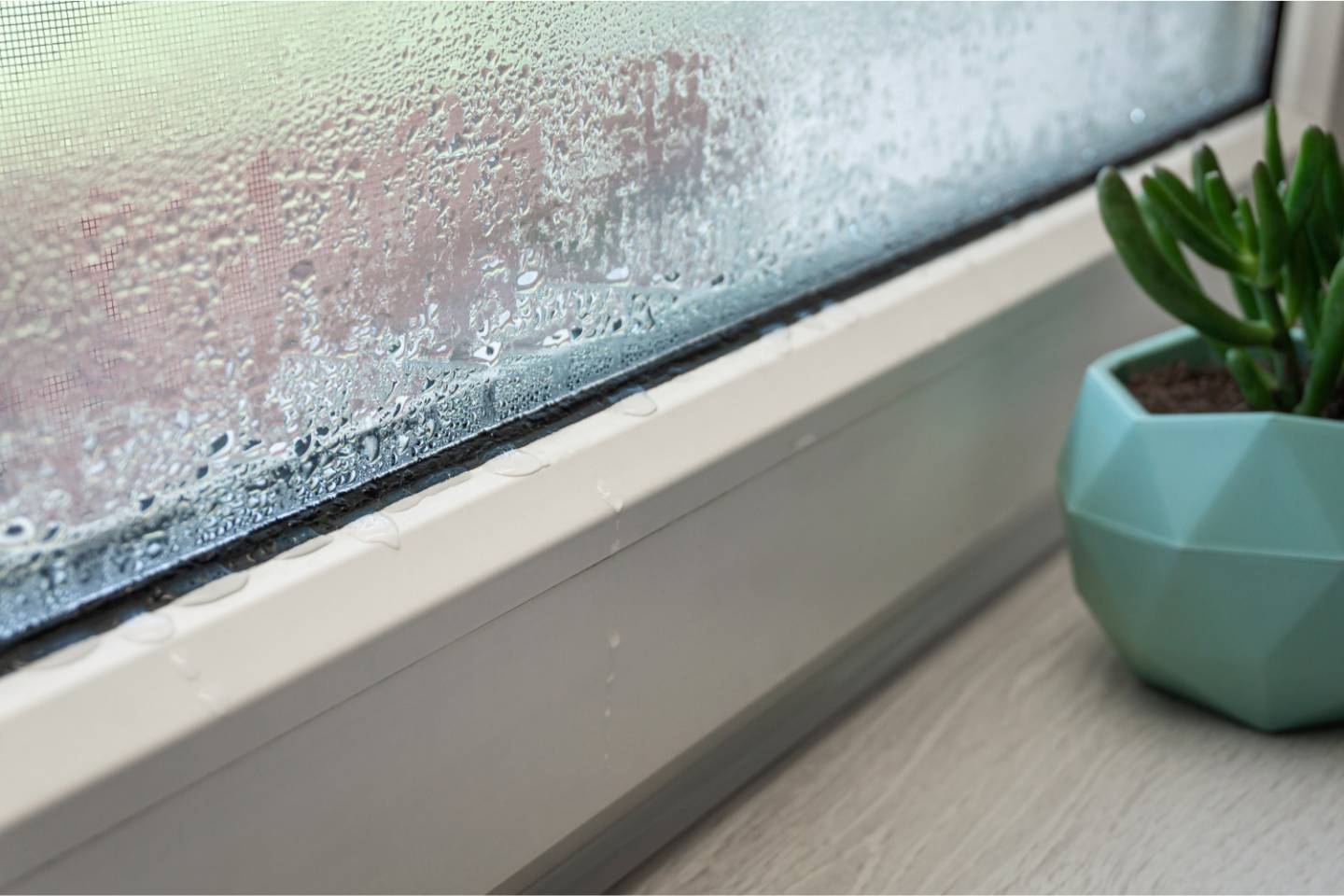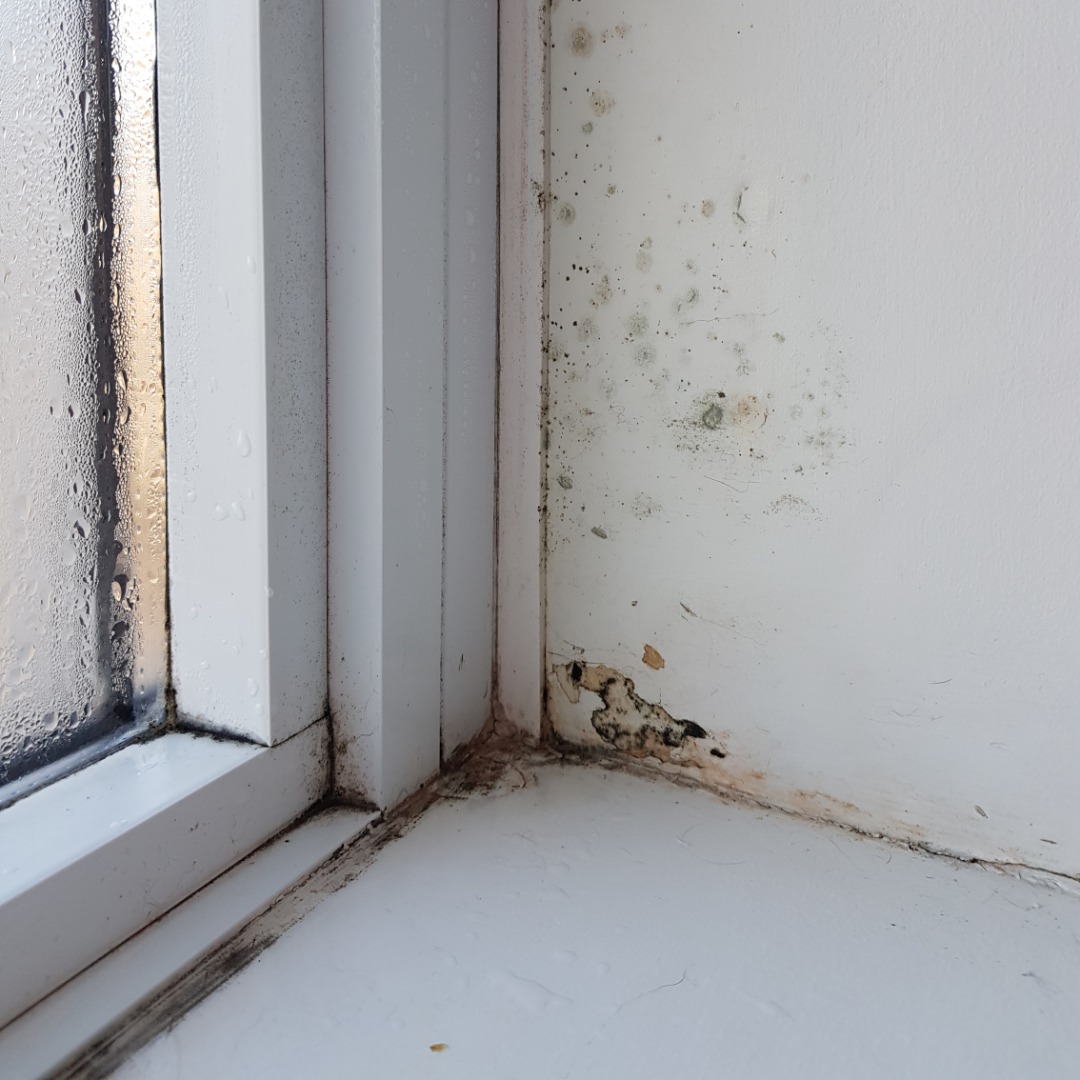
Condensation on windows poses a frequent challenge for numerous homeowners, particularly during the winter. This occurrence, commonly a cause of annoyance, can affect comfort levels and energy efficiency in your home.
Explore the causes of condensation on glass and discover practical tips to reduce it. Whether you're dealing with fog on exterior windows, interior windows, or even between thermal panes, we guide you through solutions to maintain clear visibility and improve the insulation of your living space. Proper maintenance can enhance the comfort of your home throughout the year.
Why is There Condensation On My Window?
Condensation on windows in winter is a common occurrence. Here's why it happens, explained simply: Imagine a glass of sangria in summer, with water forming on the glass. The same goes for your windows in winter. When warm air from the house meets the cold glass, it cools. The humidity in the air is transformed into small drops of water on the glass. This is called condensation.

Primary factors contributing to condensation
• Too much humidity in your home; Activities like cooking or showering add humidity.
• Not enough fresh air: if air doesn't circulate well, humidity remains trapped inside.
• Window frame composition (material): some materials, like metal, can worsen condensation.
• Other sources of humidity: moisture from areas such as a basement can also cause condensation.
Why is it a problem?
Condensation is not just a visual concern. If not addressed, it can lead to water infiltration and mold. It can damage your home without you noticing.
Understanding condensation is the first step to reducing it. Continue reading to learn how to address this issue.
Our best tips for reducing condensation on windows
Condensation on windows during winter can be bothersome. Fortunately, there are simple ways to decrease it. Here are our recommendations:
- Control humidity: Use a hygrometer to monitor humidity levels. In winter, keep it between 30% and 43%. Be cautious, as overly dry air is also not ideal. Find the right balance to avoid damage to your home and discomfort.
- Adjust your heating: before turning up the thermostat, check your humidity level. Sometimes lowering the humidity a little makes heating more effective.
- Maintain consistent temperature: Ensure that all rooms have a similar temperature. Colder rooms are more prone to condensation.
- Ventilate during humid activities: Cooking, showering, or indoor laundry drying. Ventilate properly and close doors to prevent spreading humidity.
- Air circulation: Keep interior doors open for better air circulation.
- Winter airing: Open windows when it's not too cold to refresh the air.
And if our advice doesn't work? Keep reading!
What to do about condensation between the panes?

Sometimes, even by following all the tips to reduce condensation, a problem persists: fog between the two panes. This is a sign that your thermal windows need special attention.
Condensation between the panes often indicates a sealing issue. Over time, the sealing gasket can deteriorate, allowing moisture to infiltrate between the panes. Not only does this diminishes the clarity of the view through the window, it also affects thermal insulation.
Basco Doors and Windows Defogging Service
At Basco Doors and Windows, we have cost-effective solution: the defogging service. This process removes accumulated moisture between the panes without replacing the entire window. It's an economical and environmentally friendly solution that extends the life of your windows.
How does it work? Our experts use specialized techniques to eliminate condensation and restore the insulation of your windows. The process involves creating small openings to drain the moisture, then sealing them to restore their integrity.